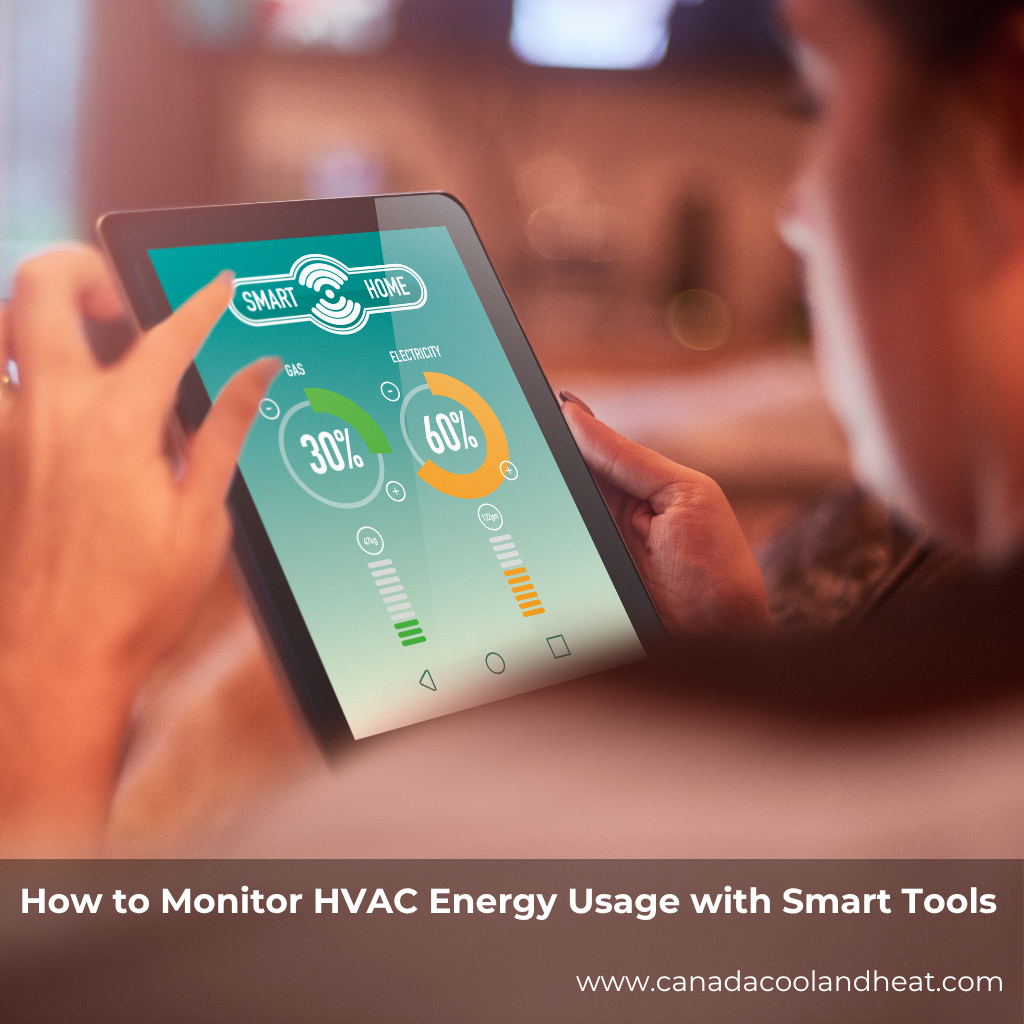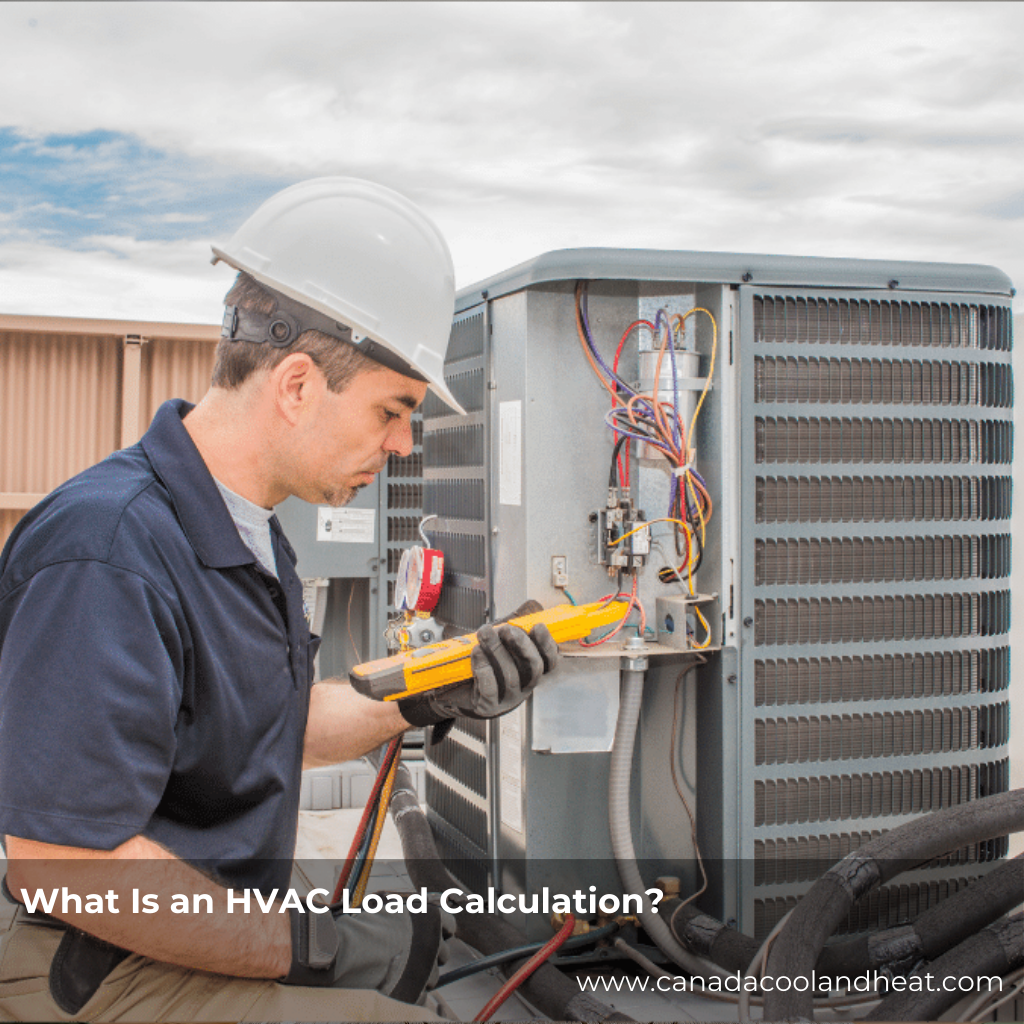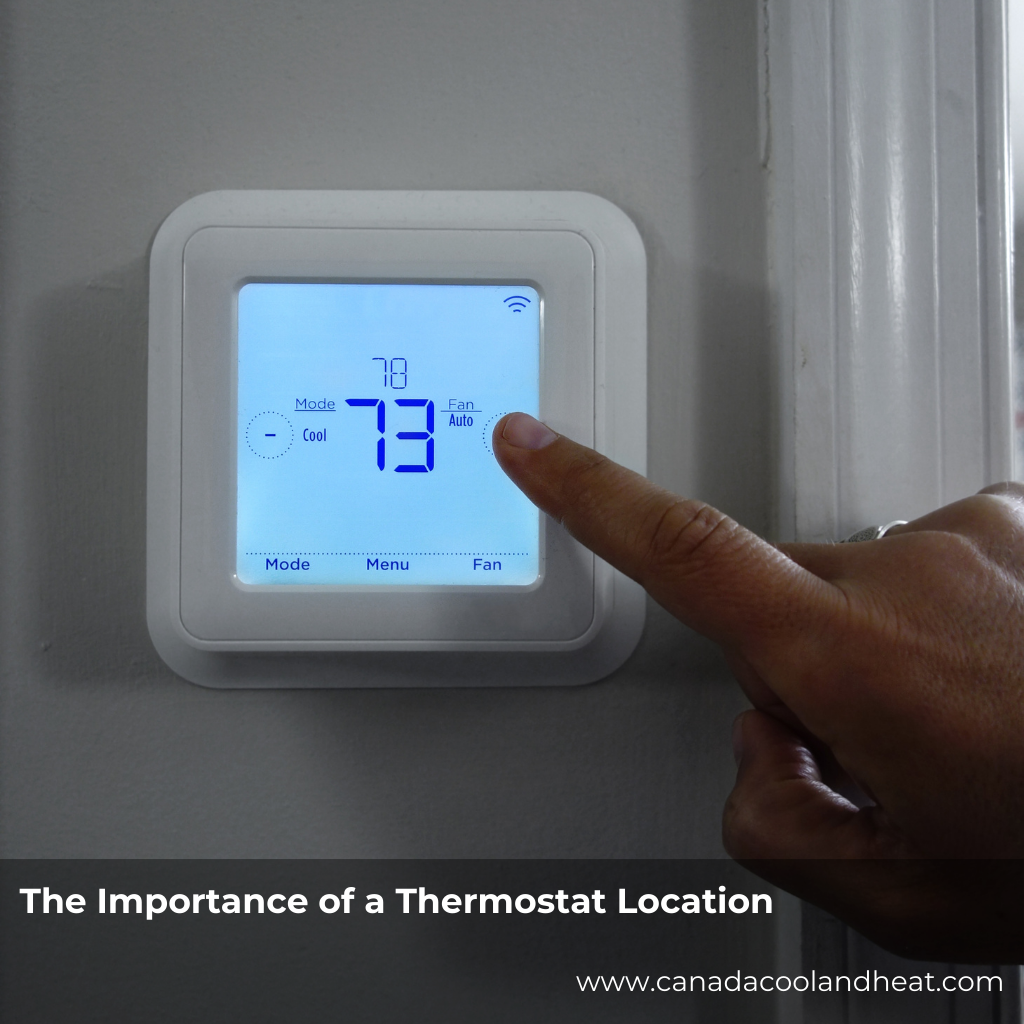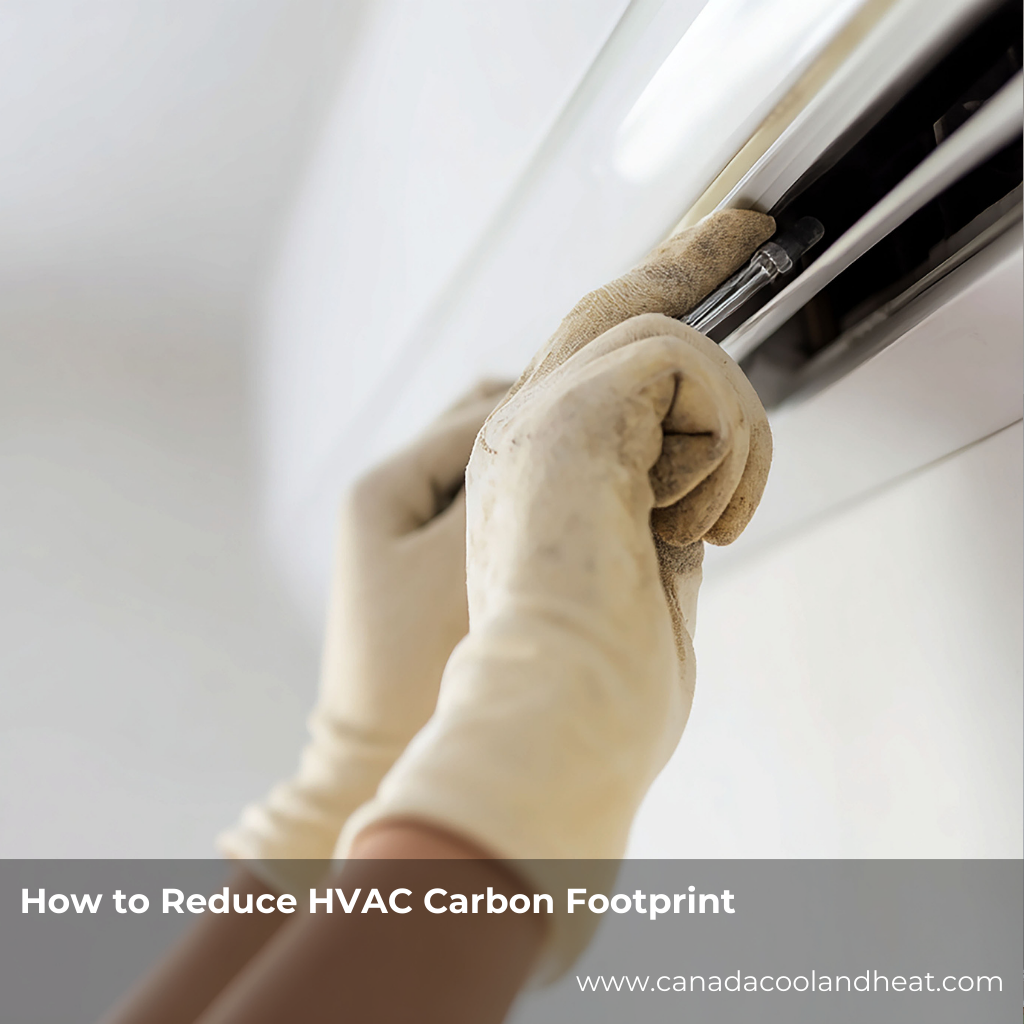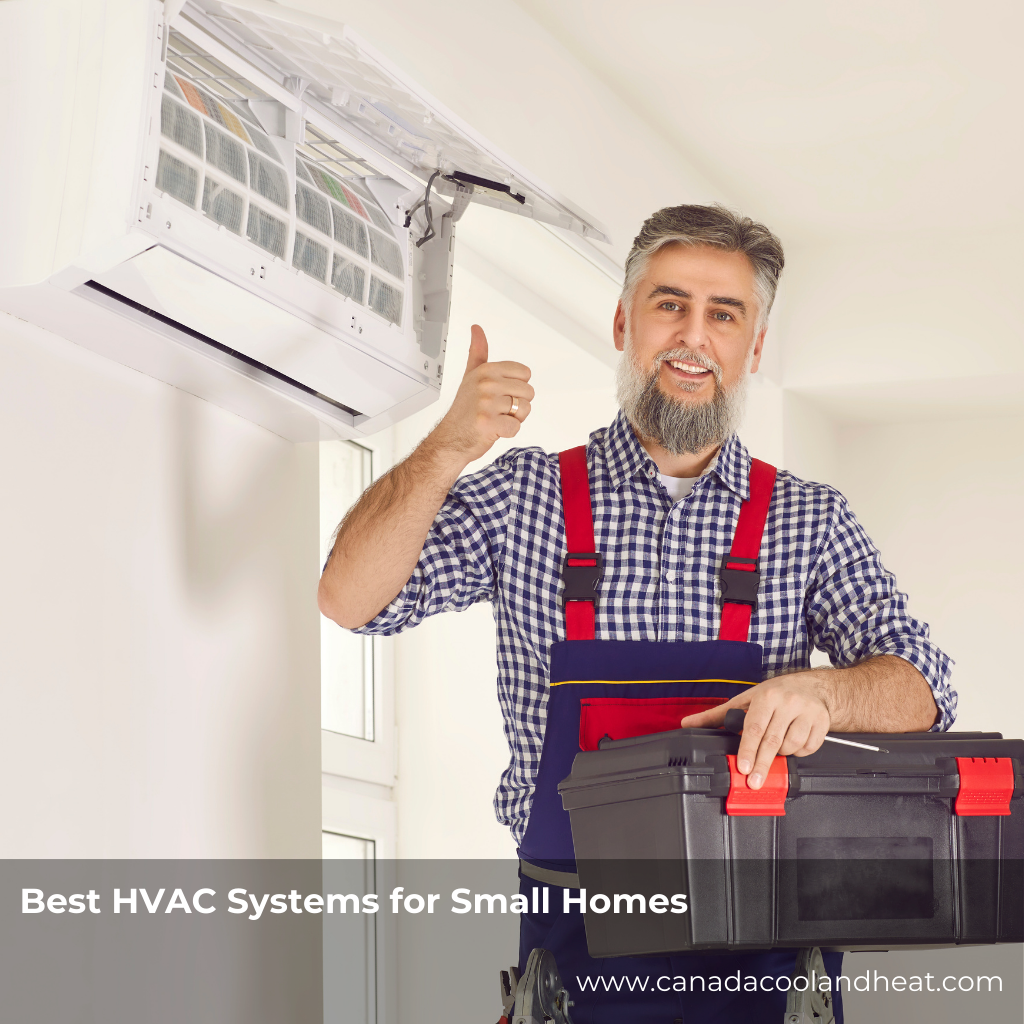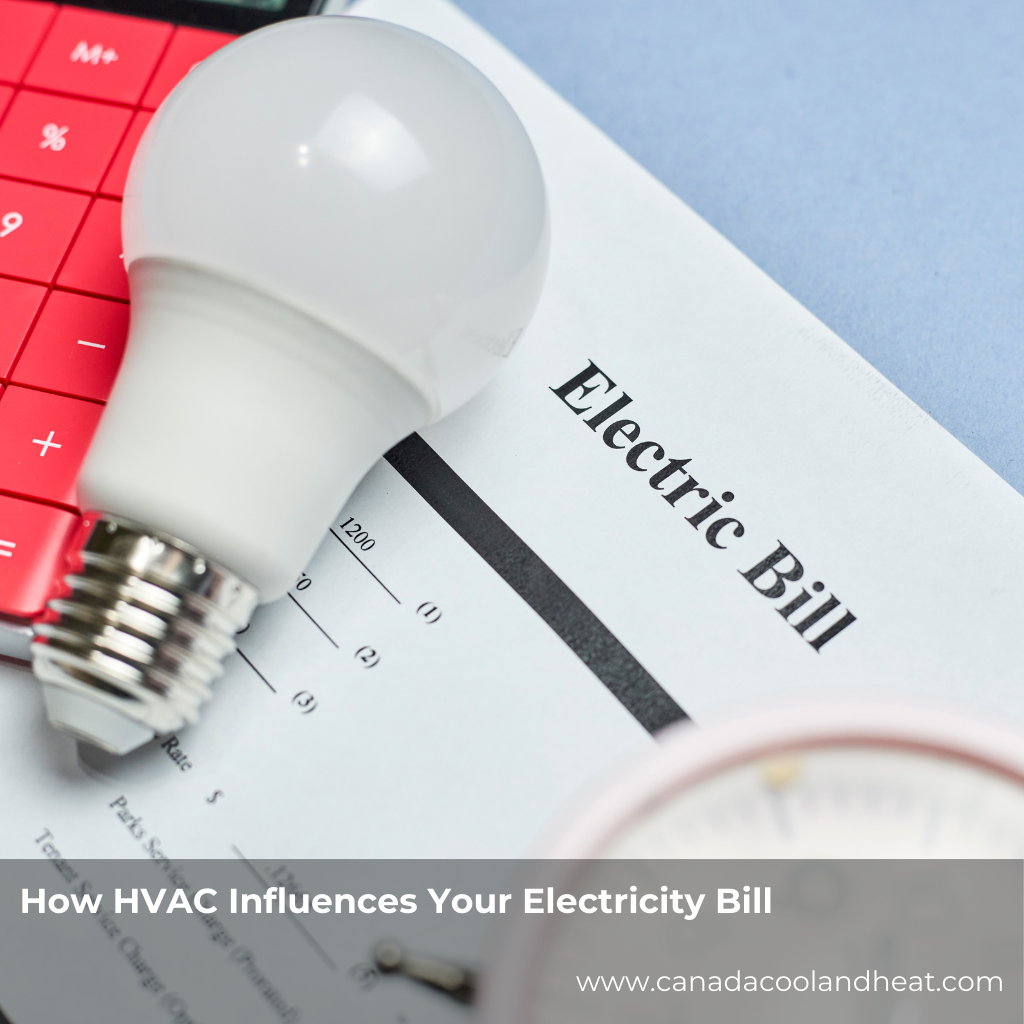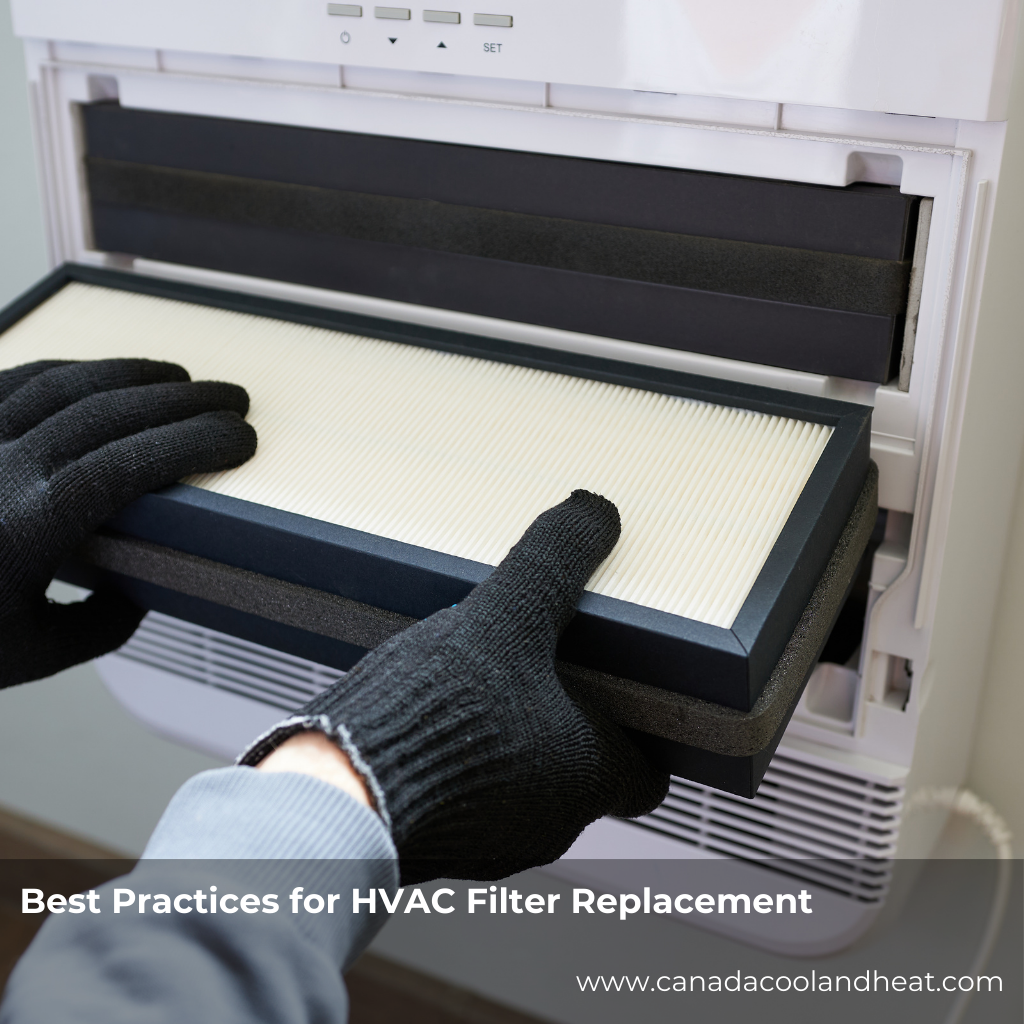Why Ventilation Matters in Kitchens
Whether you’re running a commercial kitchen or just cooking family meals at home, good ventilation is essential.
The Heat Is On: Cooking Creates Challenges
-
Heat, steam, grease, and odors build up fast in active kitchens.
-
Poor ventilation can lead to excess moisture, indoor air pollution, and even mold growth.
-
Without a properly sized and installed vent hood, these pollutants hang in the air—and your HVAC system works harder to fix the imbalance.
The HVAC Tug-of-War
Vent hoods are designed to pull air out of your kitchen. But when too much air is exhausted and not enough is replaced, it throws your entire HVAC system off balance.
This creates problems like:
-
Pressure imbalances
-
Drafts or door slamming
-
HVAC systems running longer or harder
-
Energy waste and uneven comfort
How Range Hoods Affect HVAC Systems
Here’s the catch: a high-powered vent hood in a small or poorly ventilated space becomes an energy hog.
A Kitchen in Conflict
Let’s go back to Sarah’s bistro. Her vent hood was rated for a commercial kitchen twice her size. It pulled 1,200 CFM (cubic feet per minute), but she had no make-up air system to replace that exhausted air. The result?
-
Her air conditioning unit fought a losing battle.
-
Utility bills soared.
-
Guests complained about drafts.
Once she installed a properly sized vent hood with a make-up air unit, the balance was restored—and so was her budget.
What to Watch For:
-
Oversized vent hoods in small kitchens
-
No make-up air system (especially for hoods over 400 CFM)
-
HVAC units short-cycling or running continuously
-
Negative pressure zones near doors or windows
Sizing Guidelines for Vent Hood HVAC Kitchens
Getting the right size vent hood is crucial for comfort, safety, and energy efficiency.
Sizing Basics:
| Kitchen Type | Hood Size Guideline (CFM) |
|---|---|
| Residential (electric range) | 100 CFM per linear foot of cooktop |
| Residential (gas range) | 150 CFM per linear foot of cooktop |
| Light-duty commercial | 300–600 CFM per linear foot of hood |
| Heavy-duty commercial | 600–1200+ CFM per linear foot of hood |
Make-Up Air Rule of Thumb:
If your hood pulls more than 400 CFM, you need a make-up air system to replenish what’s being lost.
How Smart Tools Help Monitor HVAC Energy Usage
Technology now plays a key role in balancing performance and efficiency.
Smart Tools That Save the Day
-
Smart thermostats: Adjust HVAC activity based on cooking schedules.
-
Airflow monitors: Detect pressure imbalances and airflow drops.
-
Energy meters: Track how much power the HVAC and vent systems are using.
-
IoT hood controls: Automatically adjust fan speeds to match cooking intensity.
These tools don’t just alert you—they empower you to make data-driven decisions.
Bringing It All Together
Sarah’s story is more common than you think. Kitchens need more than just heat and flavor—they need balance. And that comes from:
-
Proper ventilation
-
Right-sized vent hoods
-
Smart tools to track and adjust performance
When done right, you protect your HVAC system, save on energy, and create a kitchen that’s as comfortable as it is delicious.
FAQs About Vent Hood HVAC Kitchens
1. Why is my kitchen so hot even with the HVAC running?
Your vent hood might be pulling conditioned air out without replacement. Check if your hood is too large or lacks a make-up air system.
2. What is make-up air and why do I need it?
Make-up air replaces the air that vent hoods remove. Without it, your HVAC system can’t keep up, causing drafts and energy waste.
3. How can I tell if my hood is the right size?
Measure the length of your cooktop and apply the CFM rule. For example, a 3-foot gas stove needs roughly 450 CFM (150 CFM x 3 feet).
4. Do smart thermostats help with kitchen energy use?
Yes! They can schedule HVAC use around cooking hours, helping prevent overuse and reducing energy bills.
5. Can I install a make-up air system in a home kitchen?
Absolutely. Many residential options exist, especially if your vent hood is over 400 CFM.
6. What’s the downside of an oversized hood?
More noise, higher energy use, and potential pressure problems that affect HVAC performance.
7. Is professional help needed to size my hood?
For commercial kitchens—definitely. For homes, guidelines help, but a pro ensures compliance with building codes and efficiency standards.
8. Do all kitchens need vent hoods?
Yes, especially those with gas stoves or frequent cooking. Vent hoods keep air clean and protect your HVAC system.

